TRAINING
Why Adaptation Matters In Women’s Health
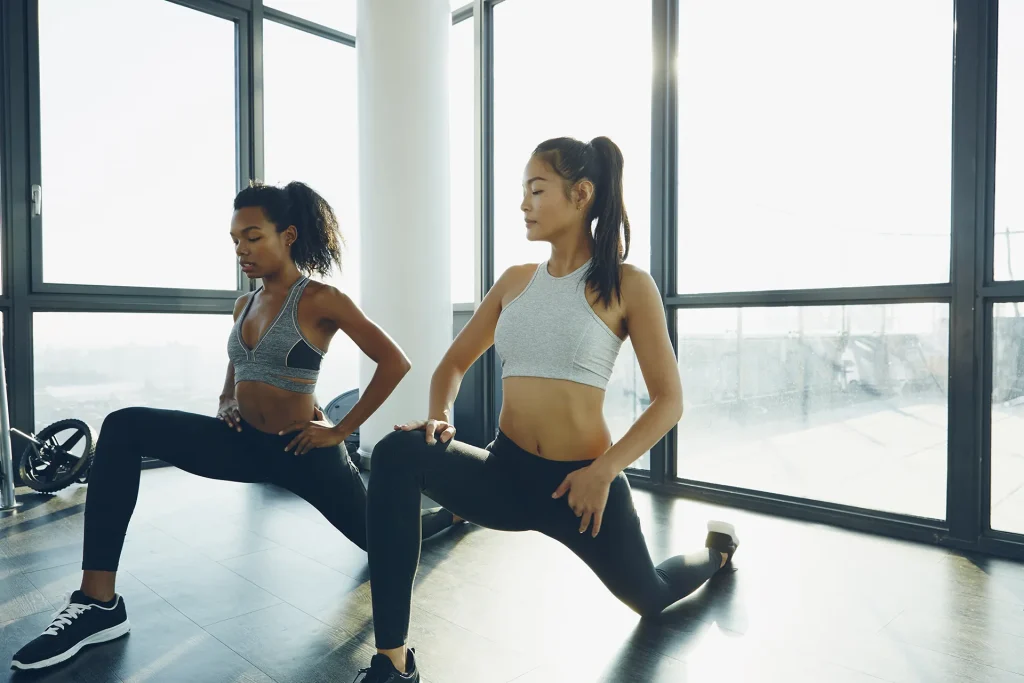
For decades, the fitness industry has operated on a default model designed for young, fit men. Women, on the other hand, experience physiological shifts throughout their lives that significantly impact training and recovery. Adaptation is not about scaling back or modifying exercises as an afterthought – it’s about optimising training to align with women’s unique needs.
Incorporating adaptation strategies into your programming can enhance performance, reduce injury risk, and ensure long-term client retention. Here’s how to implement adaptation strategies today to improve client outcomes and grow your business.
The industry often teaches adaptation as a method to ‘scale down’ for women, treating their physiology as a limitation. Instead, fitness professionals should see adaptation as a way to fine-tune training for better results, ensuring that programming reflects women’s biological differences rather than dismissing them.
Instead of relying on generic rep schemes or standard progressions, start tracking your female clients’ energy fluctuations and recovery patterns. Adapt their training intensity accordingly rather than forcing a linear progression. Assess their fatigue levels regularly and implement recovery-focused sessions when needed.

MENSTRUAL CYCLE-INFORMED TRAINING
Hormonal fluctuations throughout the menstrual cycle influence energy levels, recovery, and performance. While some clients may not notice significant differences, many women experience distinct changes that can be optimised for better training outcomes.
PRACTICAL STRATEGY
Encourage clients to track their cycles and adjust programming accordingly:
- Follicular phase (days 1–14): Women may experience higher energy levels and recover faster. This is ideal for strength gains and higher-intensity workouts. Progressive overload and heavier lifts can be introduced.
- Ovulation (mid-cycle): Strength levels may peak, but clients may also be more prone to ligament laxity and injury. This is an optimal time for heavier resistance training but with careful form checks.
- Luteal phase (days 15–28): Fatigue and lower recovery rates may require more de-load weeks, mobility work, and lower-intensity sessions. Increased awareness of hydration and nutrition can also be beneficial.
By adapting programming to cycle phases, you can enhance performance, prevent burnout, and help clients feel more in tune with their training.

Training Considerations for Perimenopause and Menopause
Perimenopause and menopause change muscle mass, bone density, and recovery. Adapting training can help clients navigate this transition without frustration, ensuring they maintain strength and mobility for life.
Adaptation Strategies include:
Encourage clients to track their cycles and adjust programming accordingly:
- Prioritise strength training: Loss of oestrogen impacts bone health – resistance training is critical in maintaining bone density and muscle mass.
- Focus on recovery: Sleep disturbances are common; build in more rest days or lower-intensity sessions to counteract the effects of disrupted sleep patterns.
- Manage cortisol: High-intensity exercise can spike cortisol levels, leading to increased belly fat storage. Balance intense sessions with breathwork, yoga, or moderate cardio to reduce stress and promote hormonal balance.
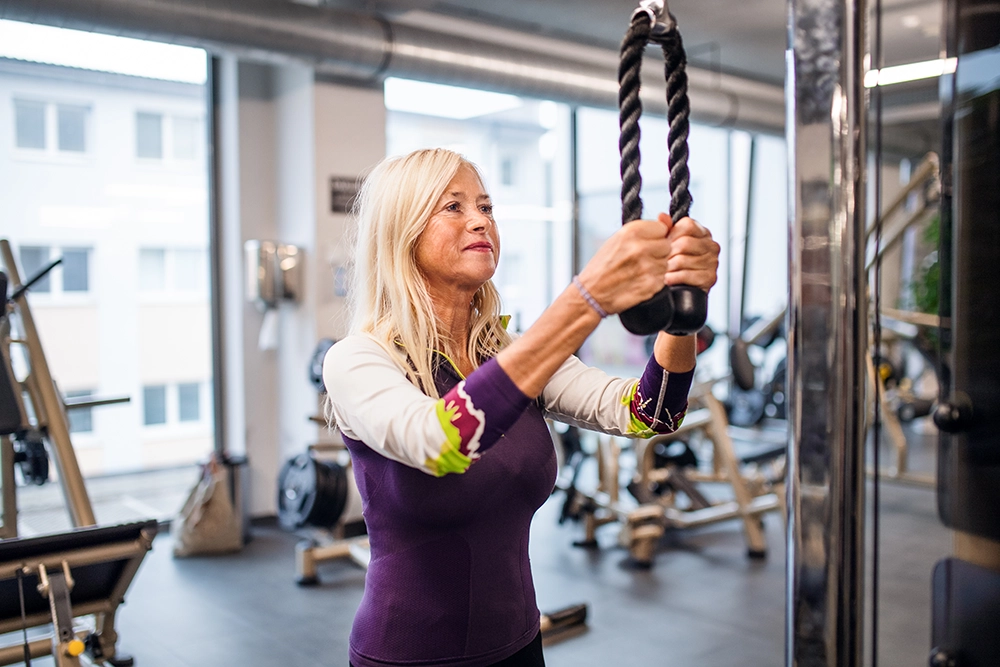
Pelvic Floor and Core Considerations
Many fitness professionals lack training in pelvic floor health, yet incontinence and prolapse are common concerns, especially among postpartum and menopausal women. Adaptation here is about long-term function, not just postnatal fitness.
Practical Implementation includes:
Encourage clients to track their cycles and adjust programming accordingly:
- Replace 'just do kegels' advice with functional core training that includes breathwork and proper load management.
- Modify high-impact or heavy core exercises (e.g., crunches, jumping) for clients with pelvic floor concerns, ensuring they are not worsening symptoms unknowingly.
- Use cues that avoid excessive intra-abdominal pressure (e.g., teach controlled exhalation during exertion and promote proper alignment in movements such as squats and deadlifts).
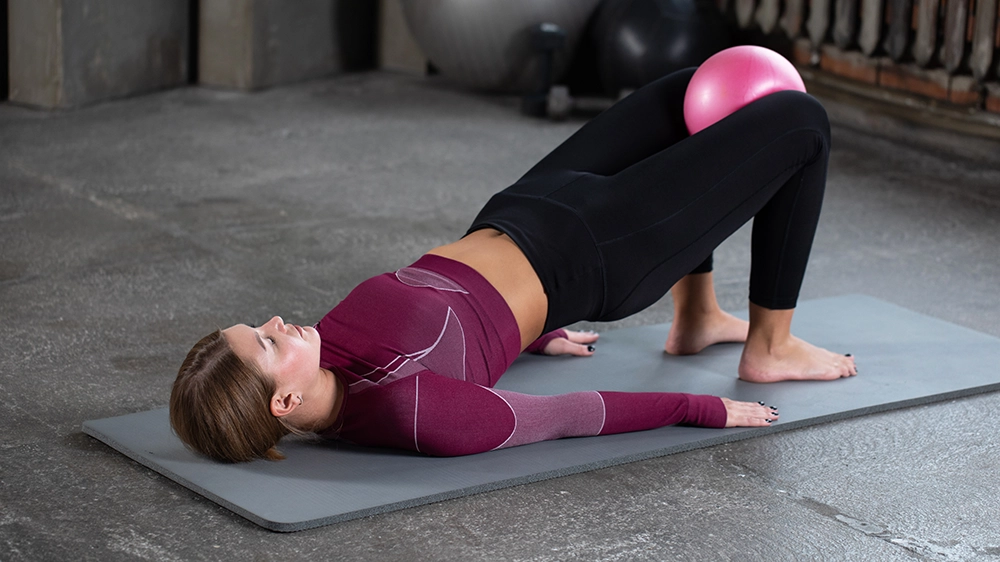
Strength-Based Adaptation Over Aesthetic Goals
Fitness professionals can shift the narrative from weight loss to strength and longevity. Women adapt better to training when the focus is on capability rather than aesthetics.
Implementation Tip:
Introduce performance-based goals like improving deadlift numbers, mastering a push-up, or enhancing mobility. These tangible goals create motivation without the pressure of body size changes and can help shift mindsets away from diet culture and towards functional fitness.
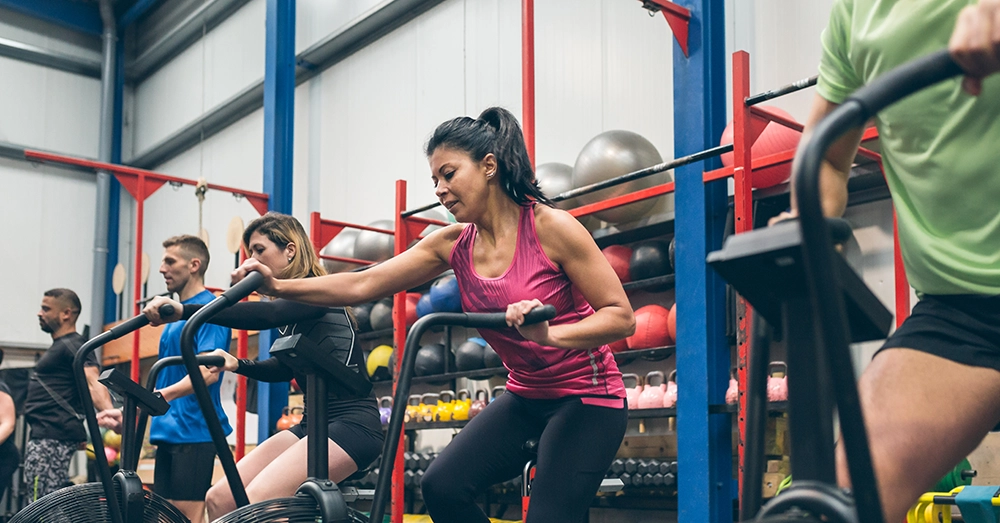
Recovery and Stress Adaptation
Women’s bodies respond to stress – whether from life, work, or exercise – differently from men’s. Chronic stress and excessive training without proper recovery can lead to hormonal imbalances, fatigue, and injury.
Practical Strategy
- Encourage adequate sleep by structuring training sessions to support, rather than disrupt, sleep patterns.
- Implement active recovery such as walking, mobility work, or breathwork on lower-energy days.
- Educate clients about nutrition timing, particularly the importance of refuelling with protein and carbohydrates post-workout to aid recovery.

FINAL THOUGHTS
ADAPTATION IS INCLUSION
By adapting training to suit the physiological changes women experience, fitness professionals aren’t ‘modifying’ – they’re delivering smarter, evidence-based programming. This approach improves client retention and satisfaction and positions you as a knowledgeable coach in women’s health.
Adaptation isn’t a limitation. It’s a strategy for success. By understanding and embracing these principles, fitness professionals can create a more inclusive, effective, and sustainable fitness experience for women at every life stage.
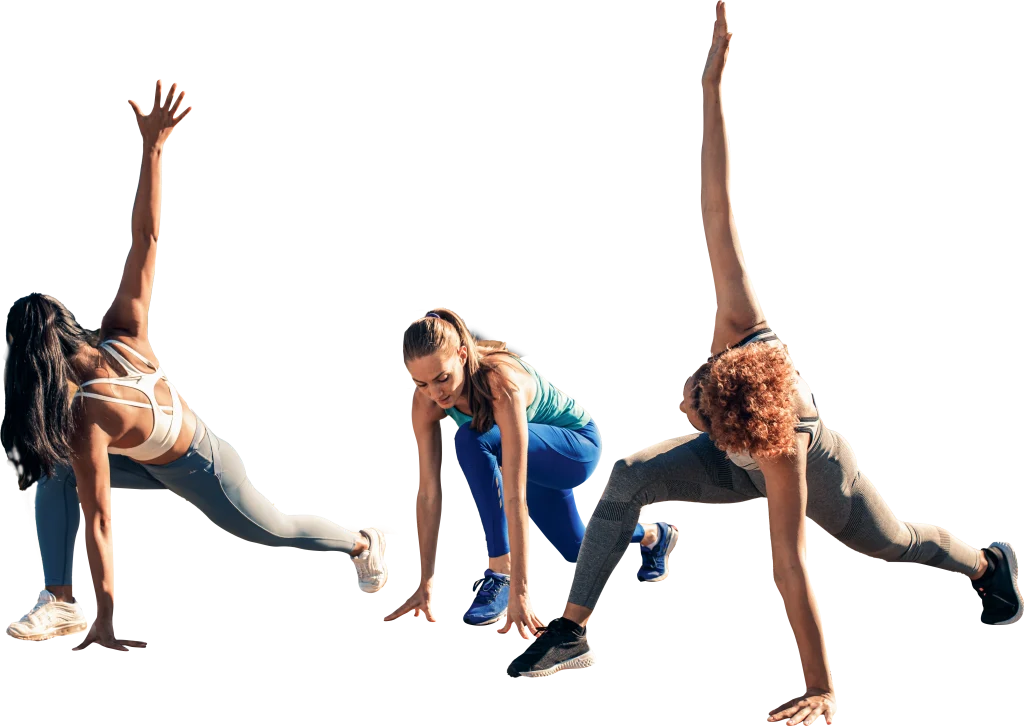

Mish (BEd, DipTeach) is a writer, speaker, and educator. She was named the 2024 Fuel Woman of the Year for her advocacy for women’s health in the fitness industry and has been recognised as Educator of the Year in New Zealand (2023) and Australia (2021, 2024). As the Head of Education at Women’s Fitness Education (WFE), an RTO delivering Certificates III and IV in Fitness, Mish organises and delivers specialised women’s health education to support students throughout their studies. Her four women’s health courses – sold in five countries – have been completed by thousands of fitness professionals worldwide. Learn more at mishwright.com